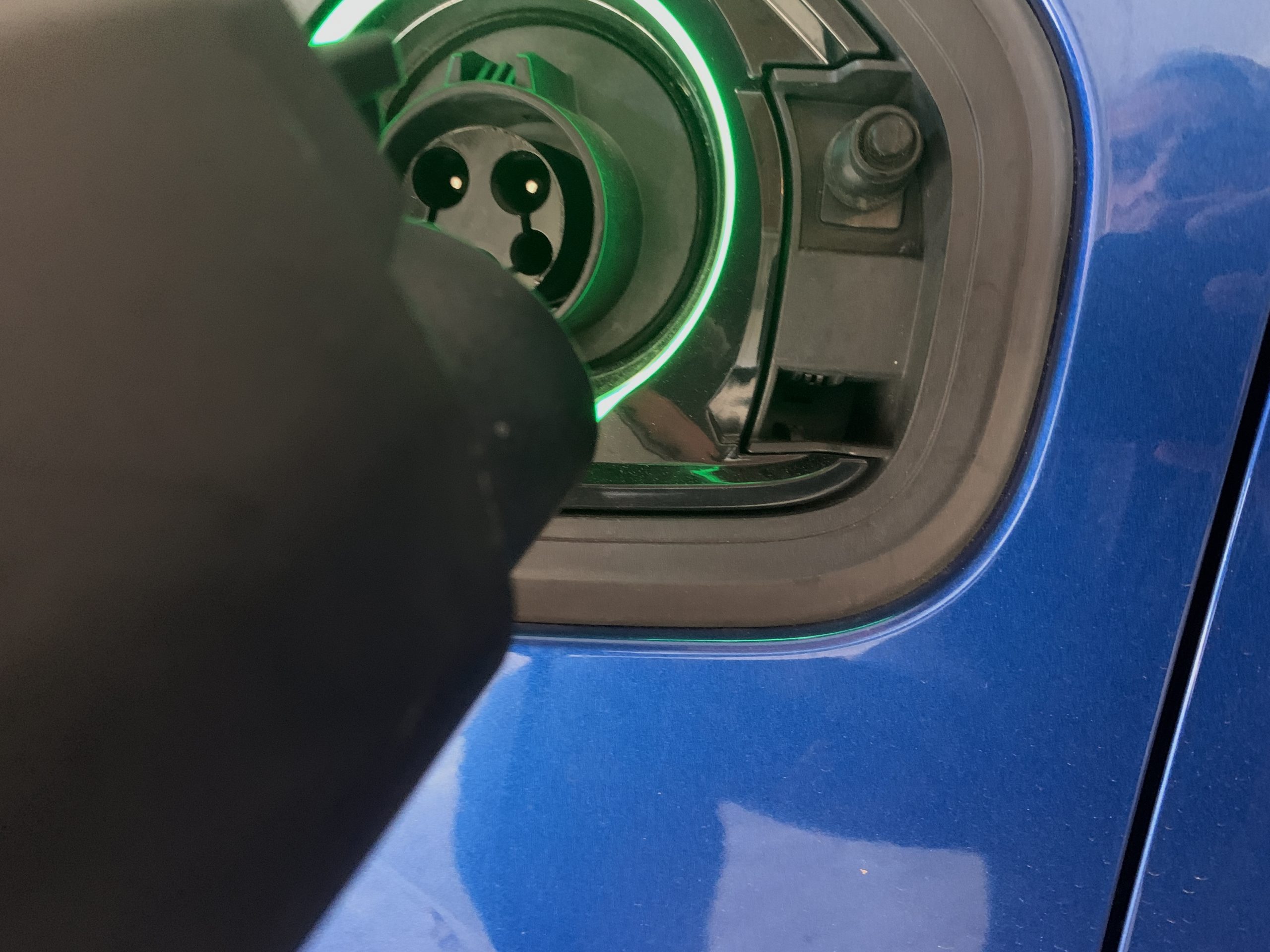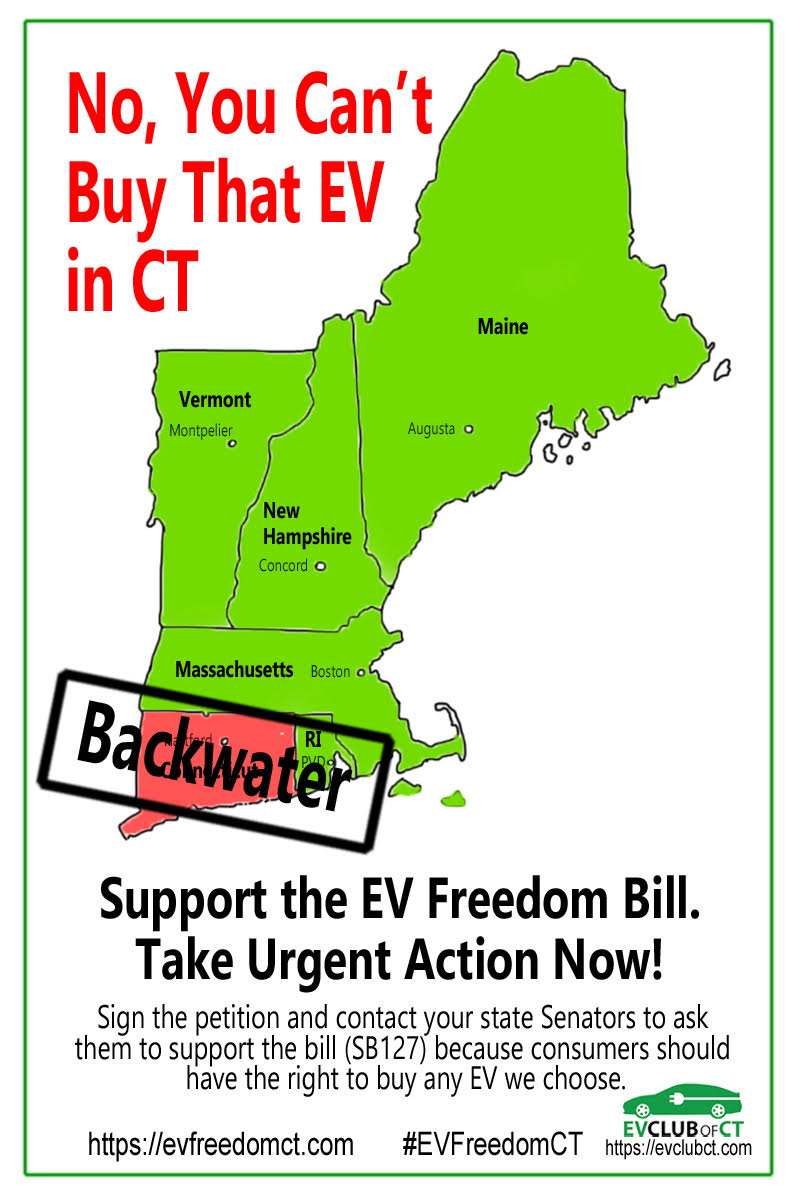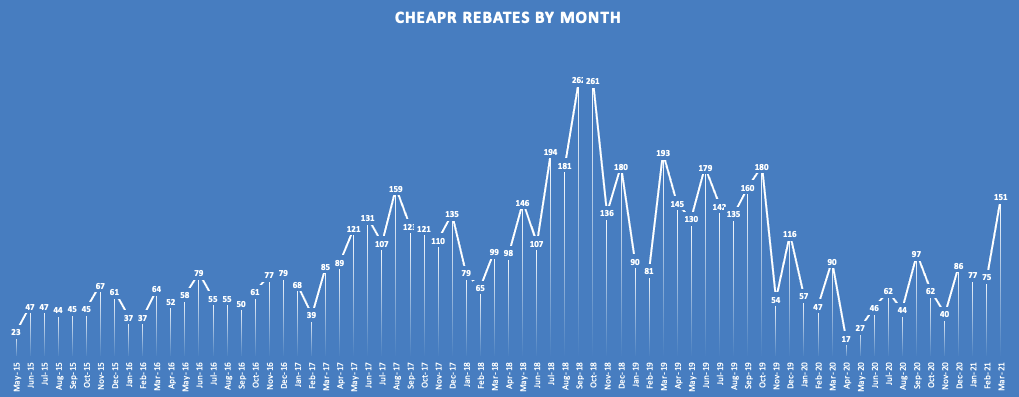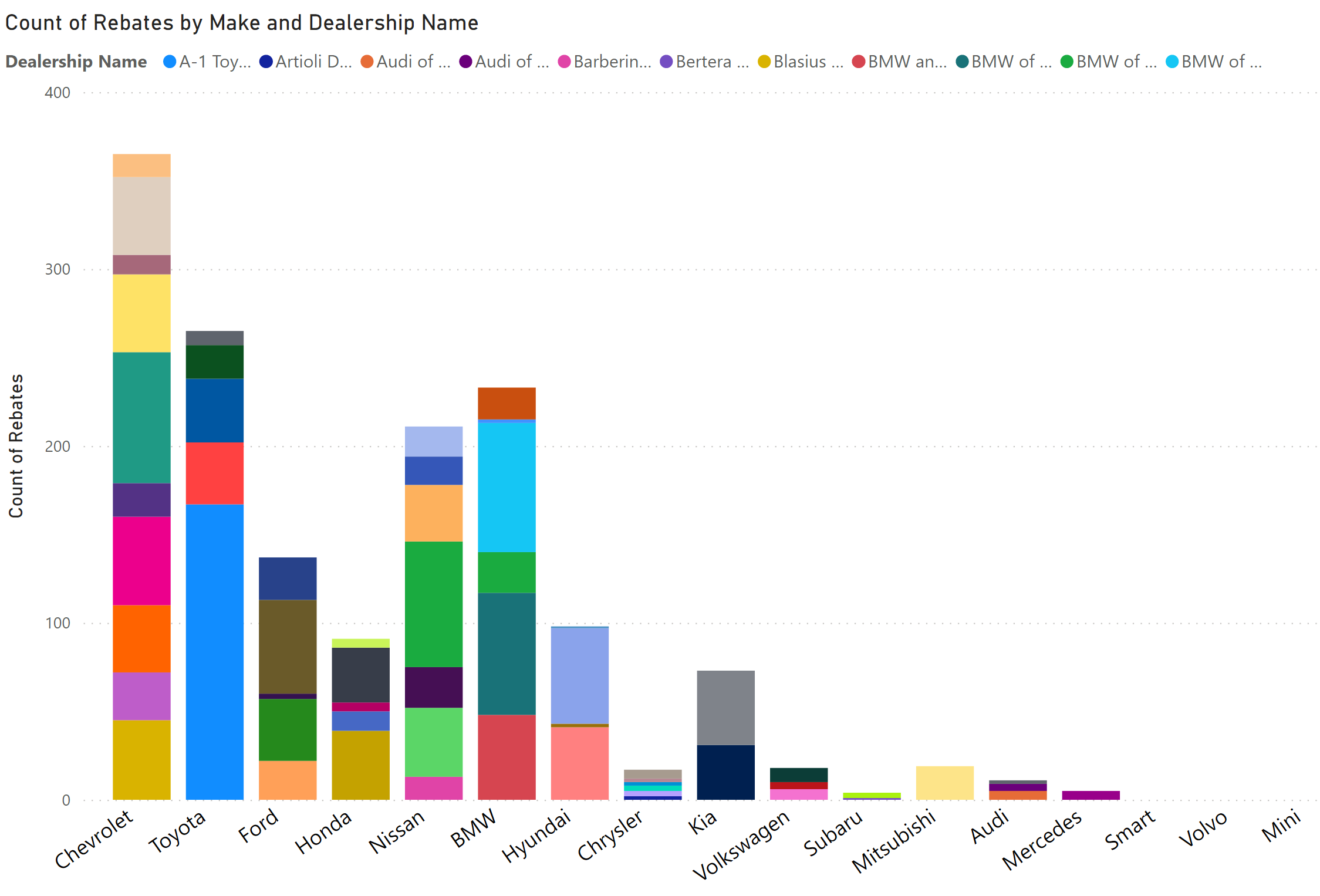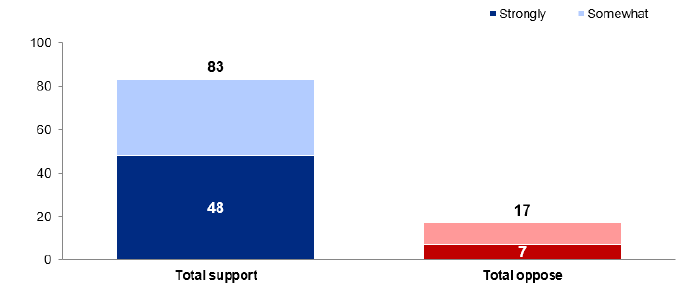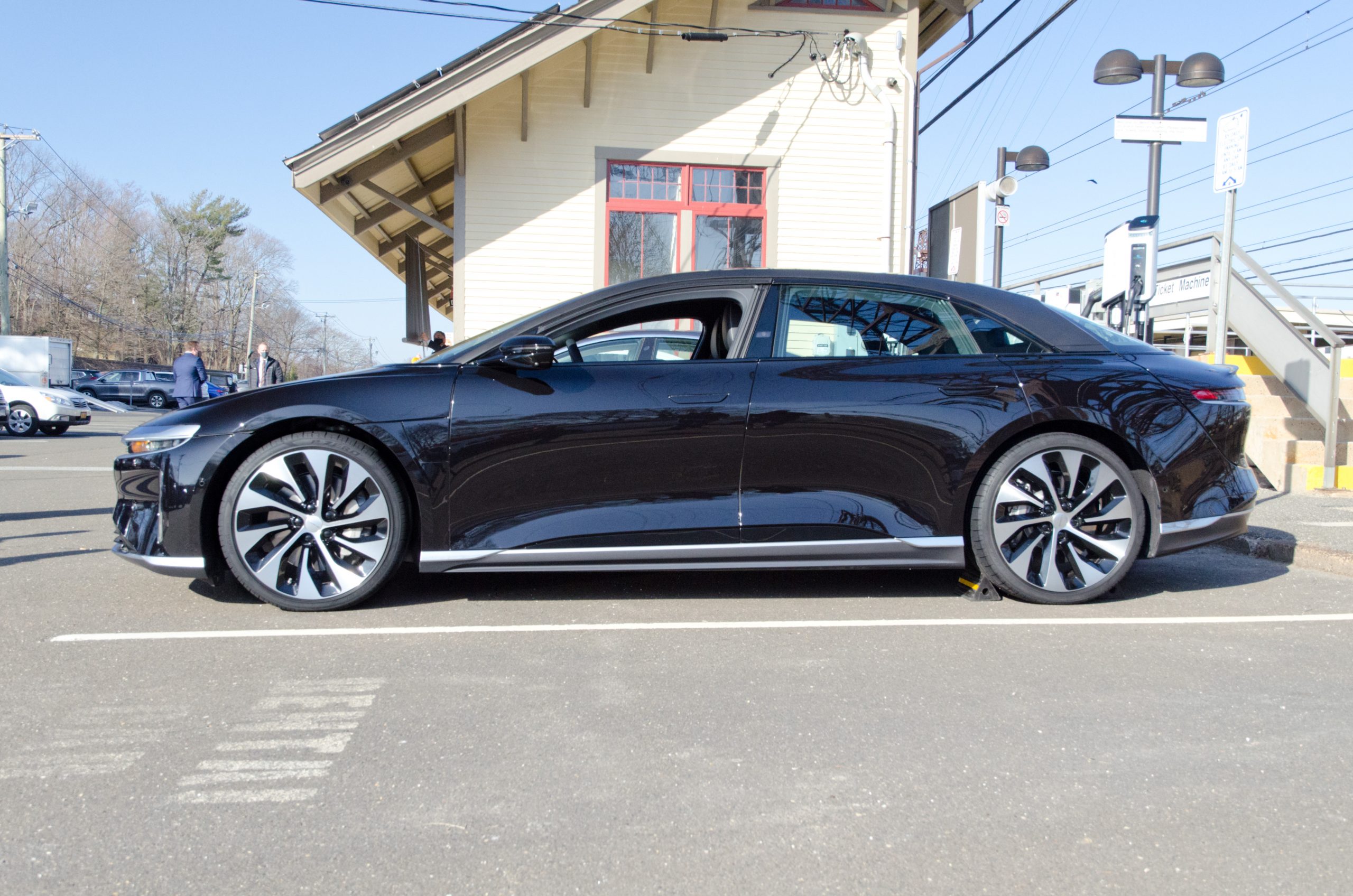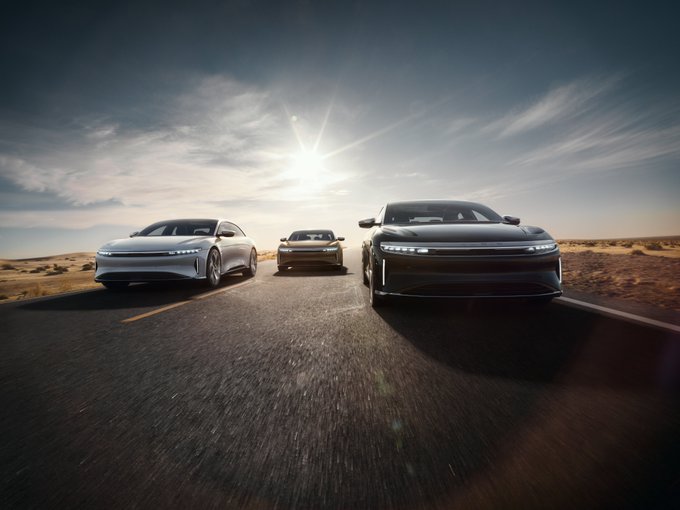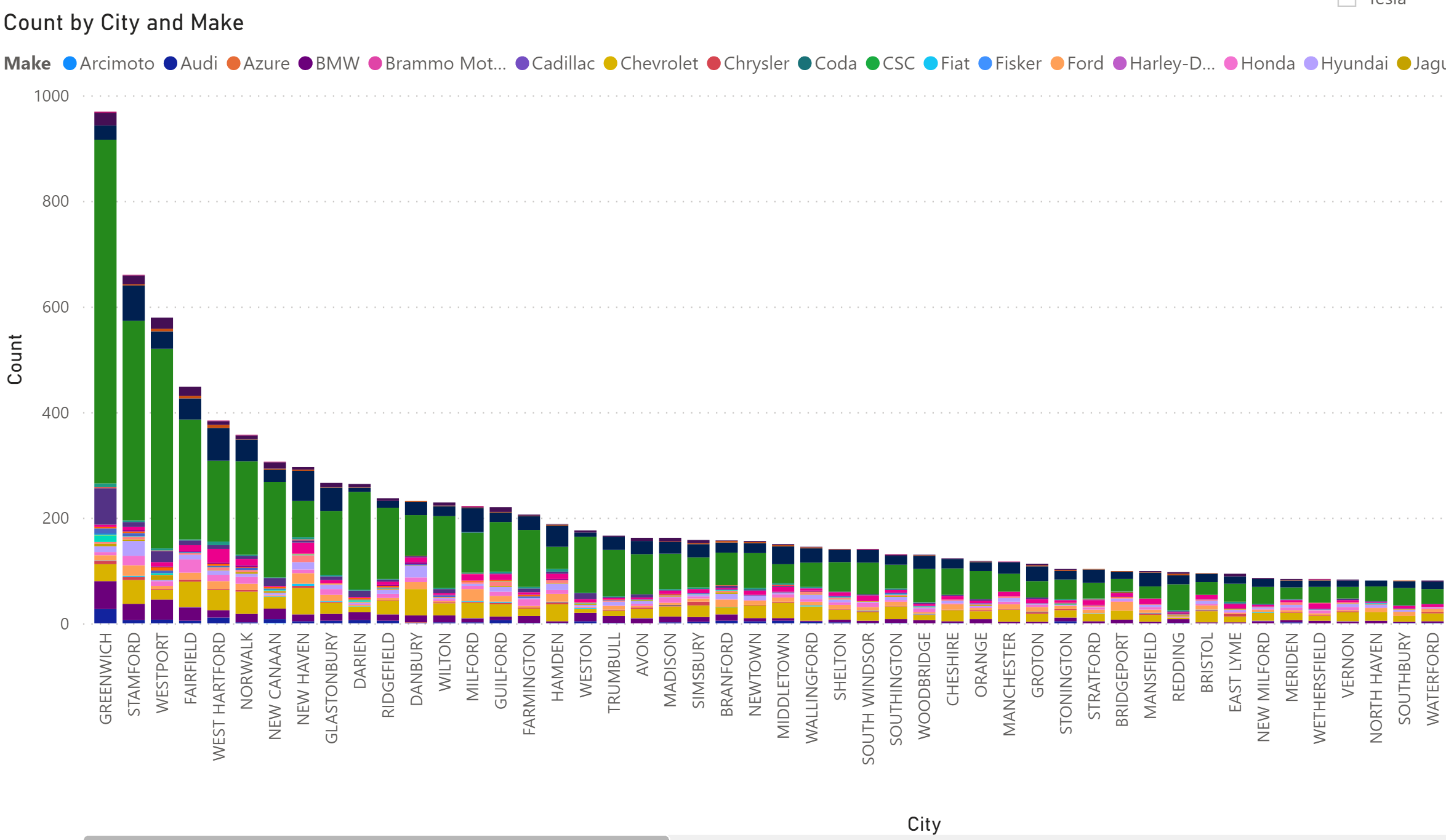Admiral Dennis Blair From The Electrification Coalition Speaks Out for Direct Sales of EVs
May 13, 2021 Electrification Coalition Support of SB 127 Comes from National Security Perspective The Electrification Coalition supports SB 127. Its mission statement states: “Accelerate the adoption of plug-in electric vehicles to improve our national … Read more


